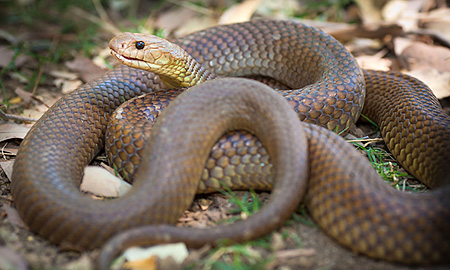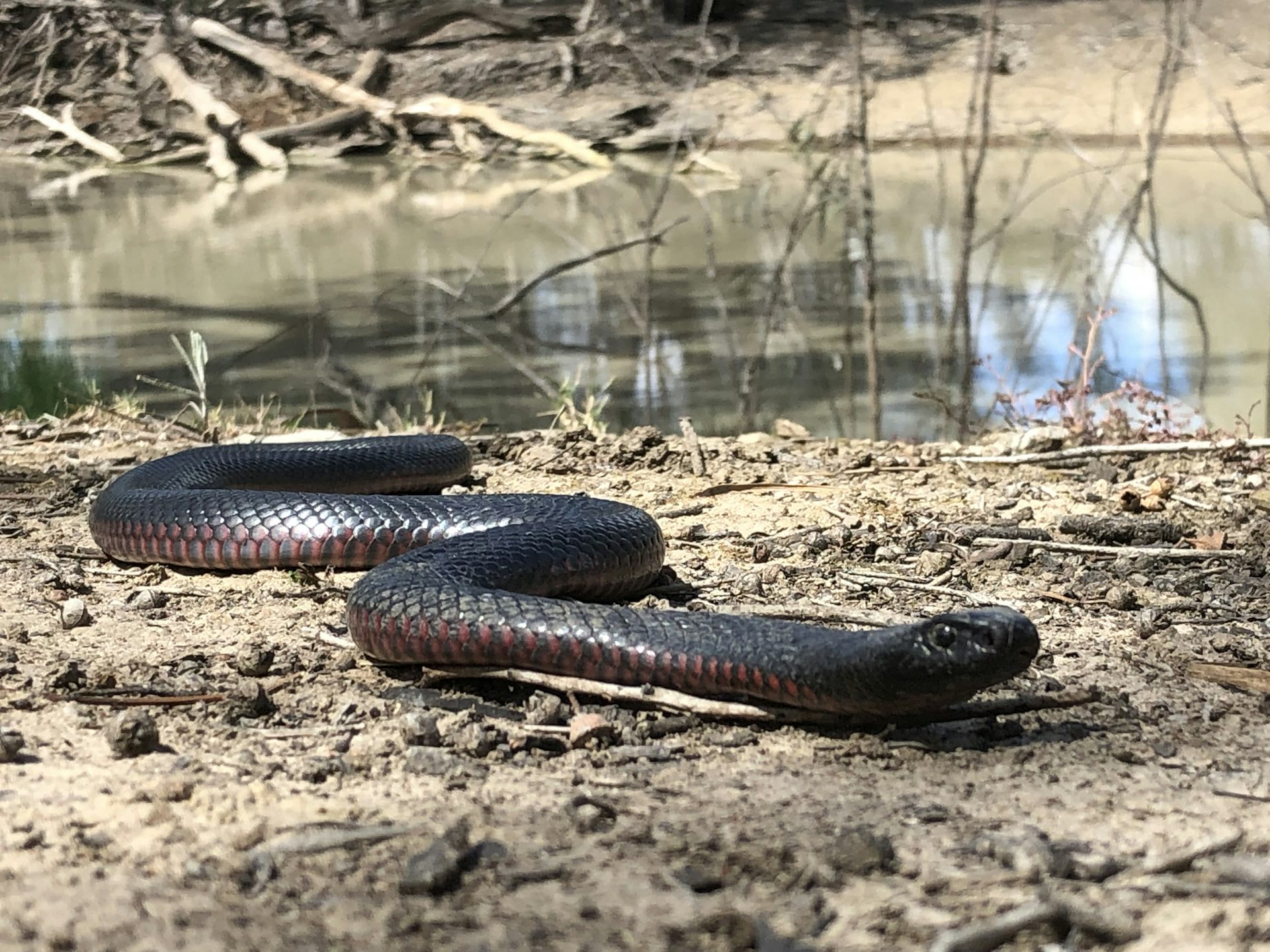Introduction
Australia, a land of diverse wild animals, is home to lots of fascinating animals, including serpents that can influence both awe and worry. Among these snakes is the tiger serpent, understood for its striking appearance and credibility as a venomous predator. Because of this, one question frequently arises: Are tiger snakes venomous? This article will certainly explore the misconceptions and facts surrounding tiger serpents, their environment, actions, medical effects of their bites, and much more.
Are Tiger Snakes Venomous?
When it involves the concern of whether tiger serpents are poisonous, the answer is a resounding yes. Tiger snakes (Notechis scutatus) are undoubtedly poisonous and rank amongst the most harmful snakes in Australia. Their poison includes potent neurotoxins that can bring about paralysis and even death otherwise treated quickly.
While deaths from tiger serpent bites have actually ended up being less typical because of advancements in clinical treatment and antivenom accessibility, this does not reduce the need for care when coming across these reptiles. The potential impacts of a tiger snake bite consist of extreme discomfort at the site of the bite, swelling, nausea or vomiting, difficulty breathing, and neurological signs and symptoms such as weak point or paralysis.

Types of Tiger Snakes
In Australia, there are several acknowledged subspecies of tiger snakes:
- Eastern Tiger Serpent (Notechis scutatus): Discovered primarily in southeastern Australia. Tasmanian Tiger Snake (Notechis scutatus): A subspecies found only in Tasmania. Black Tiger Snake: Known for its darker coloration.
Each of these species has variants in dimension and behavior but shares similar venom characteristics.
The Habitat of Tiger Snakes
Where Do They Live?
Tiger snakes are adaptable animals located throughout numerous environments throughout Australia. They usually occupy coastal regions however can also be found in marshes, swamps, riversides, and forests. Their choice for moisture-rich atmospheres makes them experienced swimmers; hence they thrive near water bodies like lakes or marshes.
Geographical Distribution
- Southeastern Coast: Home to Eastern tiger snakes. Tasmania: Controlled by Tasmanian tiger snakes. Northern Regions: Where you might run into much less frequently seen variants.
Habitat Preferences
Tiger snakes prefer locations with plentiful cover where they can conceal from predators while searching for target. They often search small creatures, frogs, birds, and also fish-- making them functional hunters within their eco-friendly niche.
The Composition of a Tiger Snake
Physical Characteristics
Tiger serpents possess distinct physical attributes that distinguish them from other Australian reptiles:

- Coloration: Commonly grouped with yellow or light stripes on a dark background. Size: They can grow up to 2 meters long; nonetheless, ordinary dimensions range in between 1.2 to 1.5 meters.
The distinct pigmentation offers both as camouflage against https://zenwriting.net/blathaaxyk/recognizing-the-actions-of-venomous-snakes-like-the-tiger-serpent-xwtf killers and while tracking victim in their natural habitat.
Behavioral Traits
Understanding the behavioral patterns of tiger snakes is essential for those living within their geographical variety:
- Nocturnal Activity: They are mainly energetic in the evening but may also quest during the day. Defensive Behavior: When threatened, tiger serpents may hiss noisally or squash their bodies-- a warning sign indicating they feel cornered.
Tiger Serpent Bite Symptoms
If bitten by a tiger snake, people need to expect certain signs that manifest right after:
Severe local pain Swelling around the bite area Nausea or vomiting Difficulty breathing Neurological symptoms such as muscle mass weaknessIt's important never to undervalue these indications; instant medical interest is important following any type of serpent bite incident.
First Help for Serpent Bites
Immediate Actions After a Bite
Knowing exactly how to respond promptly can save lives when dealing with prospective snake Australian snake habitats attacks:
Stay calm and still-- activity increases poison spread. Call emergency situation solutions immediately. Keep the affected limb paralyzed below heart level. Avoid cutting or drawing out venom; this old partners' story might get worse conditions. Remove tight apparel or jewelry near the bite site.First Aid Set Essentials for Serpent Bites
A well-stocked emergency treatment kit should include things specifically helpful in dealing with snake attacks:
|Item|Objective|| --------------------------------|-----------------------------------------------|| Sterile plasters|To cover wounds|| Antiseptic wipes|To cleanse around bite area|| Emergency call numbers|For fast gain access to during emergency situations|| Compression bandage|To help immobilize affected arm or leg|
Proper preparation can make all the difference when an emergency strikes.
Fact vs Myth Concerning Tiger Snakes
Myth 1: All Snakes Are Aggressive
Contrary to typical idea, not all snake types show aggressiveness in the direction of humans. In fact, numerous prefer to pull away than face us.
Myth 2: A Bite Constantly Leads to Death
While deadly attacks do happen-- thanks mostly to delayed treatment-- the majority of bites are non-fatal if treated quickly with antivenom.
Myth 3: You Can Suck Out Venom
This extensively held belief is false; trying to suck out poison only raises issues instead of easing them!
FAQs
1. Are child tiger snakes a lot more harmful than adults?
Baby tiger serpents may have much less venom than adults however typically deliver attacks readily because of being more frightened.
2. How much time does it take for signs and symptoms to show up after a bite?
Symptoms normally show up within minutes however can occasionally take hours relying on aspects like individual health conditions.
3. What should I do if I see a tiger snake?
Maintain distance! Stay clear of prompting it; most experiences finish without case if you value their space.
4. Exists an antivenom readily available for tiger serpent bites?
Yes! Antivenom exists specifically formulated for dealing with diseases brought on by tiger snake attacks-- it's crucial to look for specialist medical help immediately!
5. Can I keep a tiger serpent as a pet?
Keeping any type of wild snake types postures significant dangers due mainly to their breeding behaviors & & nutritional requirements-- it's finest left in nature!
6. How widespread are snake bites in Australia?
Australia sees hundreds of snakebite situations annual; however fatalities have decreased significantly many thanks mainly due improved awareness & & healthcare access!
Conclusion
In verdict, recognizing whether "Are Tiger Snakes Venomous?" brings considerable effects for individual safety when engaging with these interesting reptiles belonging to Australia's varied environments can not be overemphasized!
Arming ourselves with knowledge concerning these animals-- from their environments and behaviors down via efficient emergency treatment practices-- encourages us towards much safer conjunction together with wild animals while mitigating risks associated with unexpected encounters!
By promoting education about our environment's complexities-- not simply focusing solely on fear-- we pave pathways towards far better recognition & & preservation efforts benefiting both humankind & & nature alike!
